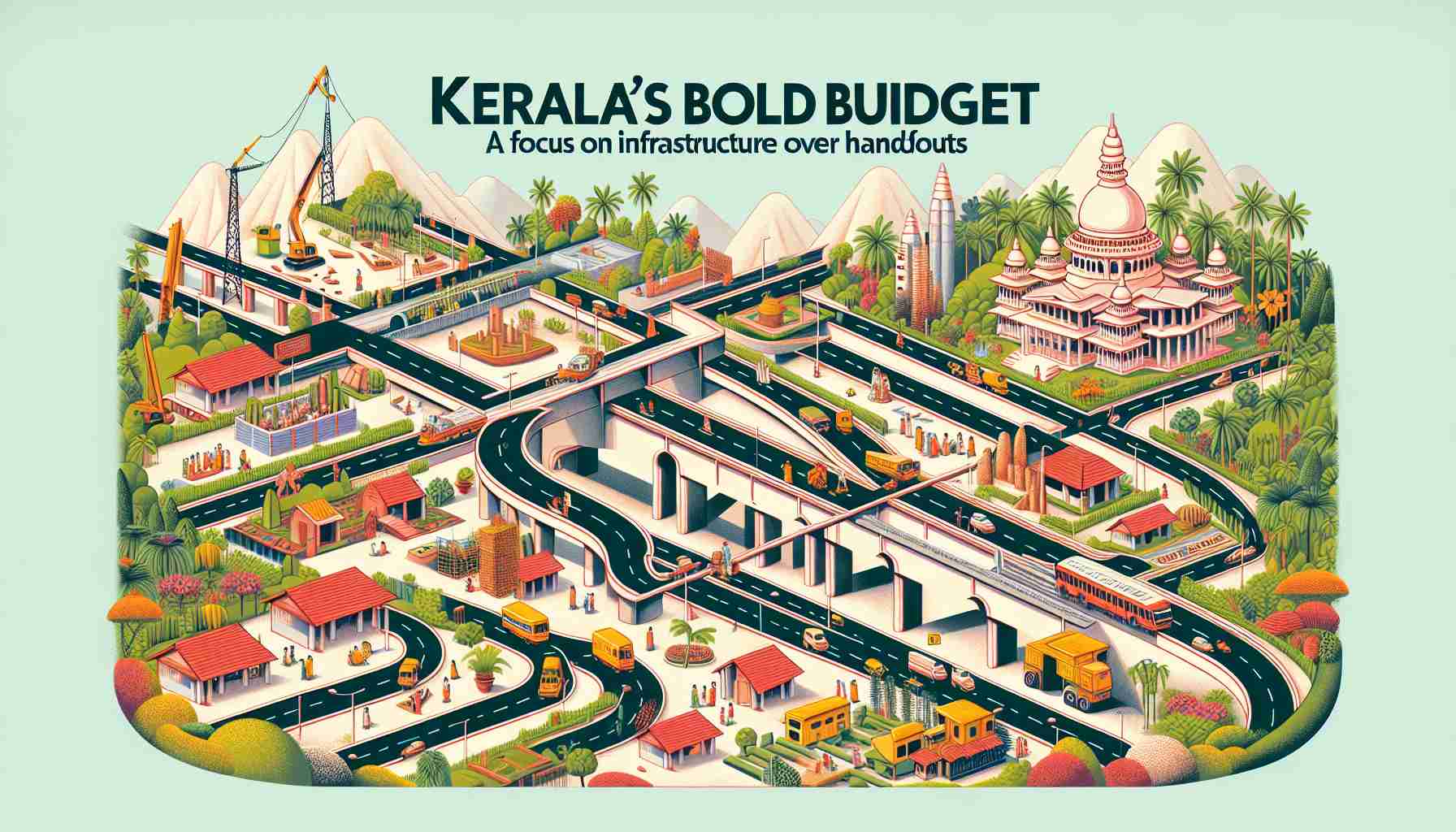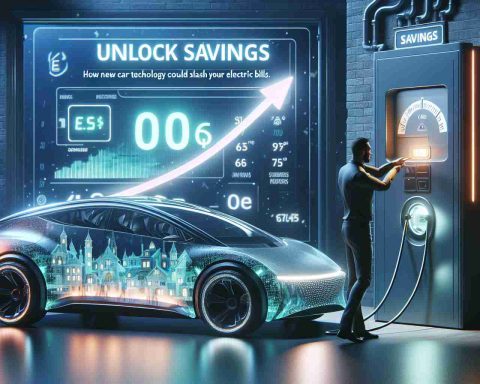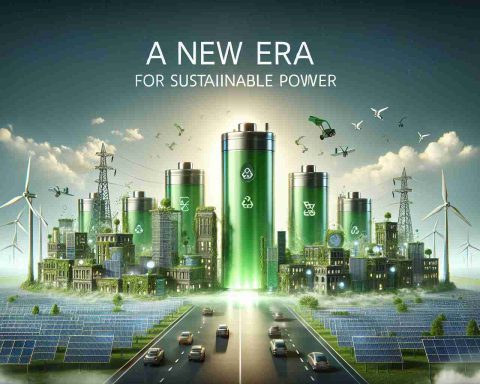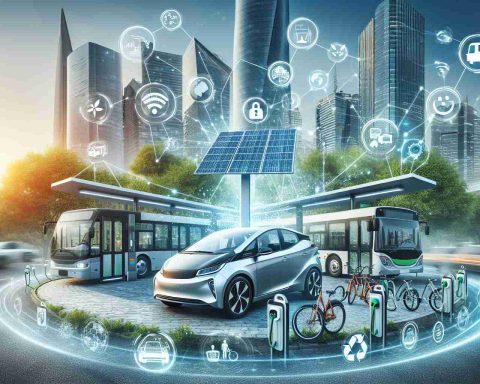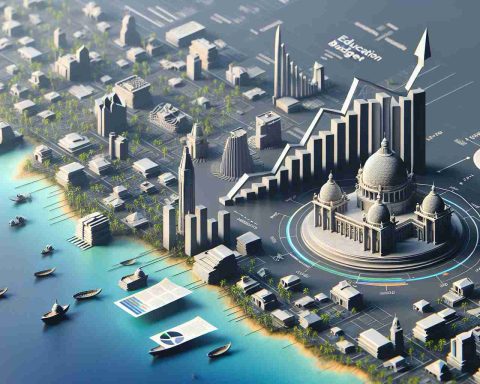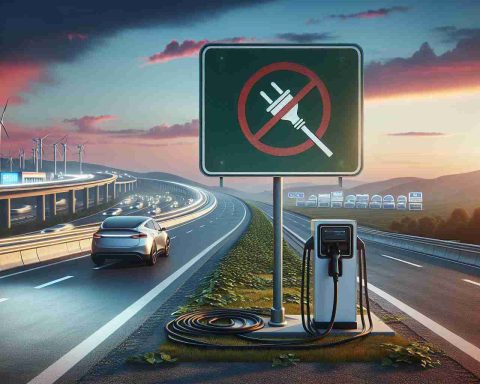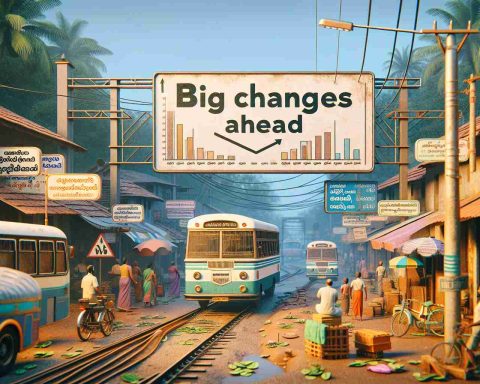- The Kerala budget for FY 2025-26 focuses on infrastructure development rather than populist measures.
- The fiscal deficit has decreased to 3.16% of GSDP, indicating improved fiscal stability amidst rising debts.
- Key revenue strategies include tax increases on land and older vehicles to support ambitious development projects.
- Infrastructure plans feature a new metro system in Thiruvananthapuram and a growth triangle for industrial and tourism enhancement.
- Despite significant tax revenue growth, social welfare pensions remain unchanged, raising concerns among residents.
- The budget allocates funds for disaster recovery in Wayanad but has faced criticism for inadequate support for essential programs.
- Looking ahead to elections, the budget seeks to balance development priorities with public satisfaction.
In a dramatic unveiling, Kerala’s finance minister, KN Balagopal, presented the state’s budget for FY 2025-26, steering clear of populist measures and putting a spotlight on infrastructure development. With the fiscal deficit now at 3.16% of GSDP—down from the previous year’s 3.51%—the government showcased its efforts to regain fiscal stability amid rising debts and economic challenges.
This year’s budget emphasizes a significant revenue mobilization strategy, featuring notable tax hikes on land and older vehicles. The ambitious infrastructure plans include the launch of a metro system in Thiruvananthapuram and a “growth triangle” in the Vizhinjam-Kollam-Punalur belt aimed at invigorating industrial parks and enhancing tourism infrastructure.
While the minister celebrated achievements like a 70% increase in state tax revenue over four years, social welfare pensions for around 6 million residents remained stagnant at ₹1,600 a month, raising eyebrows. In an election year, promises made in 2021’s manifesto appeared unfulfilled, highlighting a growing disconnect.
Significant allocations were made for disaster recovery efforts in Wayanad following landslides, but opposition voices labeled the budget “hollow,” criticizing insufficient funding for essential programs and accusing the government of financial mismanagement. In a twist of irony, Balagopal’s plans to repurpose vacant homes for budget tourist stays could spark a new cultural wave.
Ultimately, Kerala’s 2025 budget is marked by a clear message: prioritizing infrastructure and self-sustainability over populism, even as the political landscape braces for impending elections. Will this bold approach lead to lasting change, or will it leave residents wanting more?
Kerala’s 2025 Budget: A Bold Shift Towards Infrastructure Development
Kerala’s Finance Minister Unveils 2025-26 Budget Prioritizing Infrastructure Over Populism
In a strategic move away from populist measures, Kerala’s finance minister, KN Balagopal, has unveiled the budget for FY 2025-26 that emphasizes infrastructure development as a key driver for economic recovery. With the fiscal deficit decreased to 3.16% of GSDP from 3.51% the previous year, the state government is aiming to regain fiscal stability while navigating rising debt levels.
# Key Highlights of the 2025 Budget:
1. Revenue Mobilization Strategy: The budget introduces significant tax hikes on land transactions and older vehicles, a move aimed at increasing state revenue.
2. Large-scale Infrastructure Projects: Among the ambitious plans are the development of a metro system in Thiruvananthapuram and the establishment of a “growth triangle” connecting Vizhinjam, Kollam, and Punalur. This initiative is intended to enhance industrial parks and bolster tourism infrastructure in the state.
3. Stagnant Social Welfare Programs: Despite a reported 70% increase in state tax revenue over four years, social welfare pensions remain unchanged at ₹1,600 monthly for approximately 6 million residents. This lack of adjustment raises concerns regarding the government’s commitment to social welfare amidst infrastructure investments.
4. Disaster Recovery Allocations: The budget reflects a commitment to disaster recovery, particularly with dedicated funding for Wayanad following landslides, although critics claim these efforts fall short compared to other priority areas.
5. Cultural and Economic Innovations: Plans to repurpose vacant homes into budget tourist stays aim to encourage a new cultural wave in Kerala, potentially benefiting local economies.
Pros and Cons of Kerala’s 2025 Budget
Pros:
– Focus on Infrastructure: Targeting long-term economic stability through infrastructure growth can attract investments and create jobs.
– Increased Tax Revenue: Enhanced revenue generation may allow for improved public services in the future.
Cons:
– Neglected Welfare Programs: The stagnation of social welfare payments could lead to dissatisfaction among citizens, especially in an election year.
– Political Backlash: The emphasis on infrastructure over immediate social issues may alienate voters who feel neglected.
Frequently Asked Questions
1. What are the primary goals of Kerala’s 2025 budget?
The budget primarily aims to strengthen infrastructure to boost economic growth while managing fiscal deficits and increasing revenue through tax reforms.
2. How does this budget impact social welfare programs in Kerala?
The budget has been criticized for not increasing social welfare pensions, which remain stagnant despite rising living costs, potentially leading to public discontent.
3. What implications could the new infrastructure projects have on Kerala’s economy?
Enhanced infrastructure, such as the metro system and industrial growth triangles, could stimulate job creation, attract investments, and improve tourism, which is essential for economic recovery.
Related Insights and Trends
– Market Analysis: The focus on infrastructure may position Kerala as a growing hub for tourism and industry, potentially leading to increased economic dynamics in the region.
– Sustainability Considerations: Future infrastructure projects will need to be evaluated for their environmental impact and sustainability to align with global trends towards green development.
– Innovative Financing: Engaging in public-private partnerships could be a potential avenue for funding large infrastructure projects without overwhelming state finances.
For more detailed updates on Kerala’s economic initiatives and budgets, visit Financial Express.
